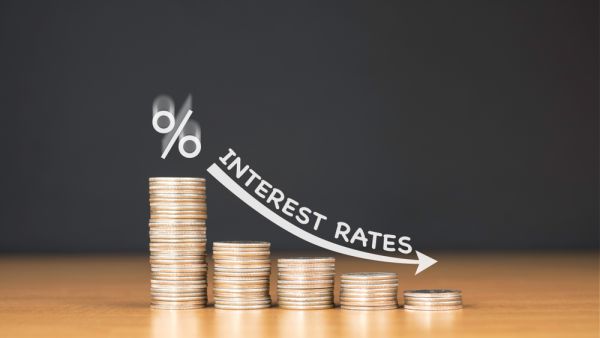The US central bank also signalled it will leave rates unchanged through the end of 2020.
Looking ahead, the Fed’s dot-plot of interest rates forecasts by officials showed no changes this year and only one hike in 2021. Only four of 17 officials seem to think rates might rise this year.
The view in financial markets is not quite as sanguine. Investors believe the Fed will cut rates once over the course of next year, according to CME Group. Analysts said it’s a signal investors still have lingering worries about the economy.
The Fed had cut US interest rates in three successive meetings starting in July to shield the economy from a disruptive trade war with China that’s reduced business investment, harmed exports and sent the manufacturing sector into contraction.
Qatar-based QNB, the largest financial institution in the Middle East and North Africa, recently said it expects global interest rates to remain low for at least the next few years, which will help to maintain government debt sustainability. That will allow fiscal policy to respond to any substantial negative shocks that hit the global economy.
However, political polarisation and vested interests will undermine both the efficiency and effectiveness of fiscal stimulus. Taken together these constraints mean that fiscal policy can help mitigate some of the downside risks to global growth, but QNB cautions against viewing fiscal stimulus as a panacea.
QNB expects a modest acceleration of global GDP growth to around 3.4% in 2020 to be driven by easier monetary policy around the world, in particular the Fed’s dovish pivot to cutting interest rates. That is despite the ongoing US-China trade war, global manufacturing recession and other risks to the outlook.
QNB is also concerned that the world has become too dependent on monetary policy, which is becoming less effective. There is also a growing risk that low global interest rates are inflating debt and asset price bubbles.
Therefore, it is important that fiscal policy can respond to any substantial negative shocks that hit the global economy.
Analysts believe the global growth this year would depend a lot on a broader agreement that resolves longstanding trade disputes between the US and China, the world’s two largest economies.
What could give the US economy and economies around the world another boost is a dialling down in US-China trade tensions after a flurry of tit-for-tat tariffs that came to a crescendo over the summer. The two countries are trying to finish the first phase of what they hope is a broader agreement that ends the trade war.
US President Donald Trump has said he will sign the first phase of a long-awaited trade deal with China on January 15, in a move that de-escalates the tariff war between the world’s two biggest economies.
Trump also said “high-level representatives of China” would attend an official ceremony at the White House.

Investors believe the Fed will cut rates once over the course of next year, according to CME Group. (Shutterstock)
Global interest rates are likely to remain low for the foreseeable future with the US Federal Reserve (Fed) deciding to keep its benchmark rate in a range of 1.5% and 1.75% at its last meeting for 2019.







